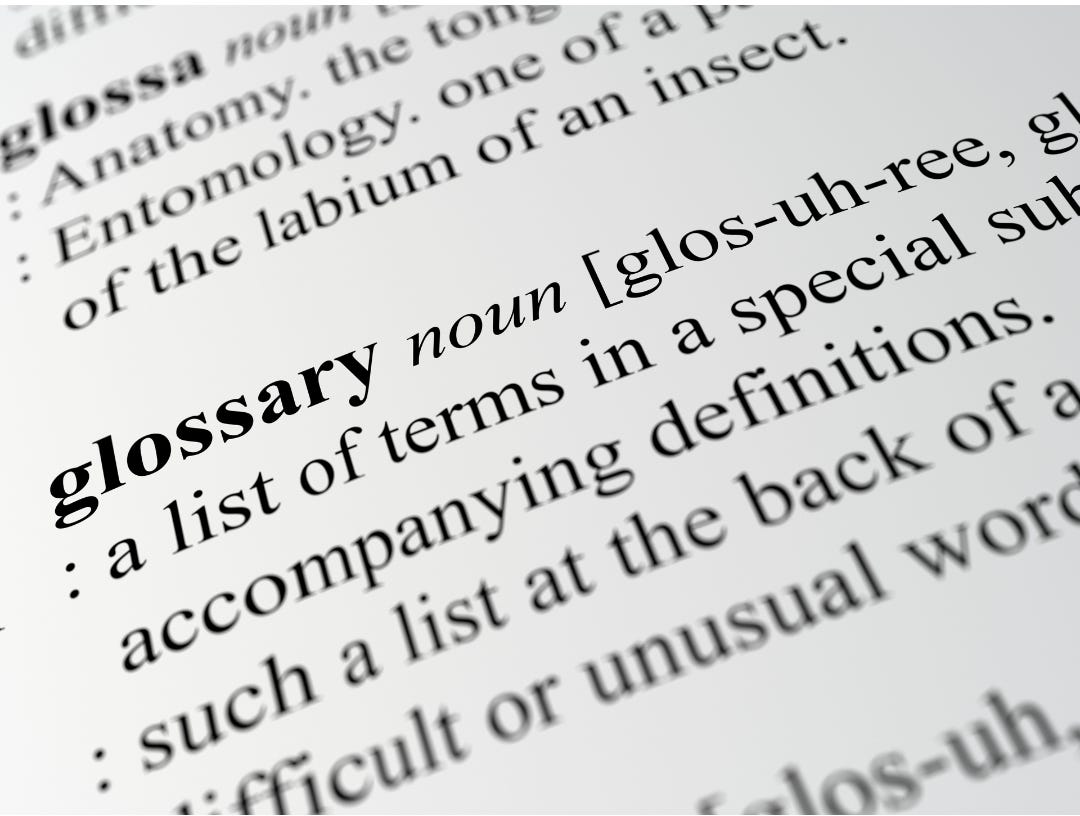If you’ve ever paused mid-article to Google something—or just nodded along while thinking, “I’m pretty sure I should know what that means”—you’re in good company.
This glossary is here to make sure that doesn’t happen again.
These are the terms I use most often when talking about autism, ADHD, parenting, emotional regulation, boundaries, and communication.
Keep reading with a 7-day free trial
Subscribe to AuDHD in Translation to keep reading this post and get 7 days of free access to the full post archives.



